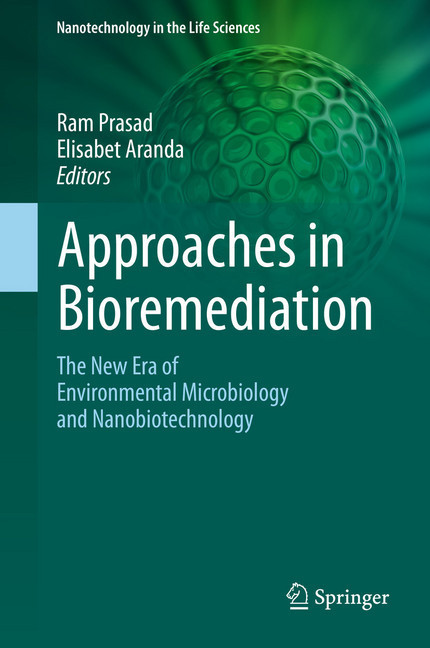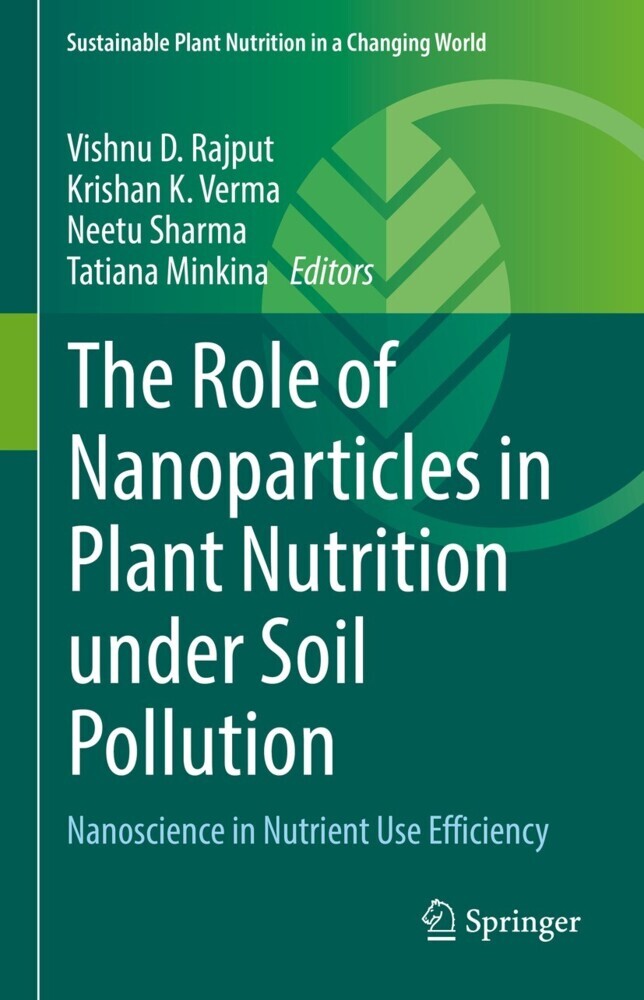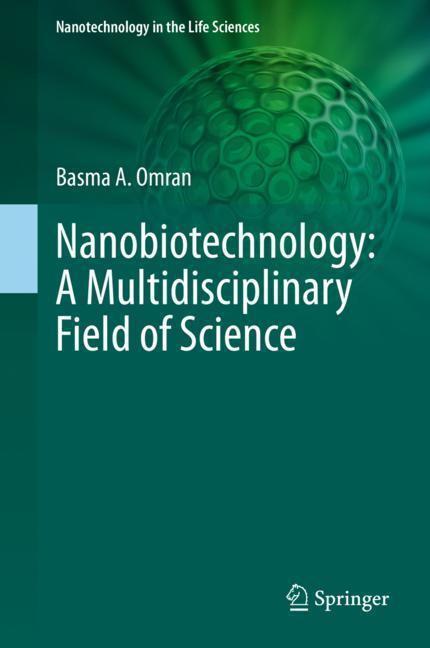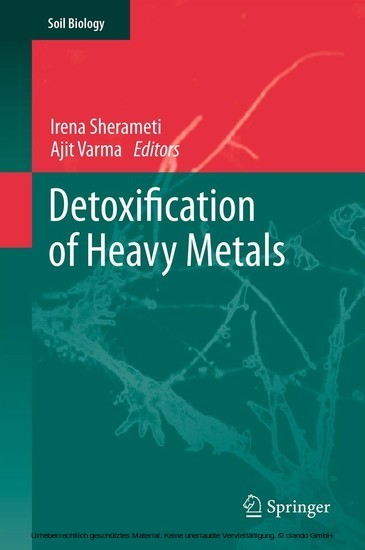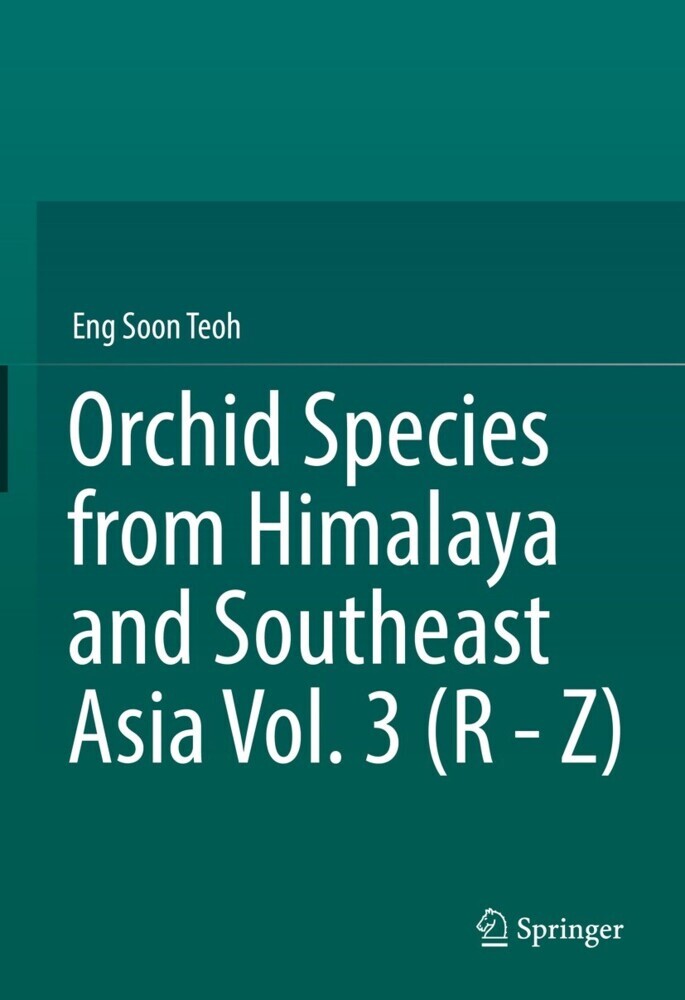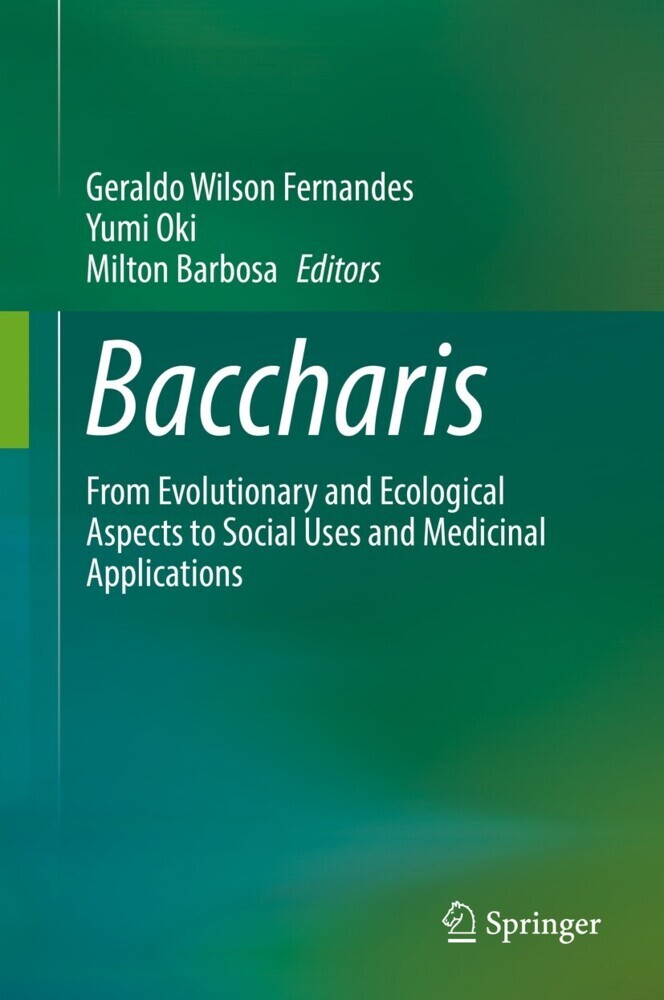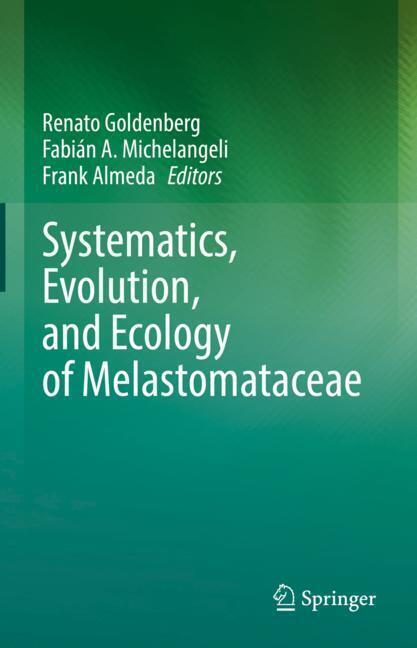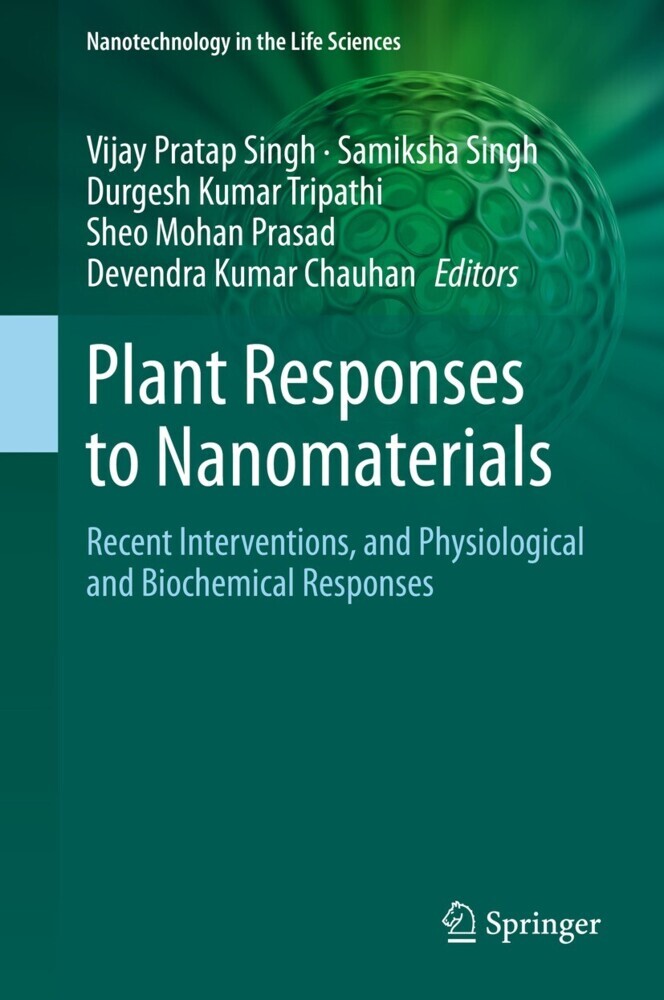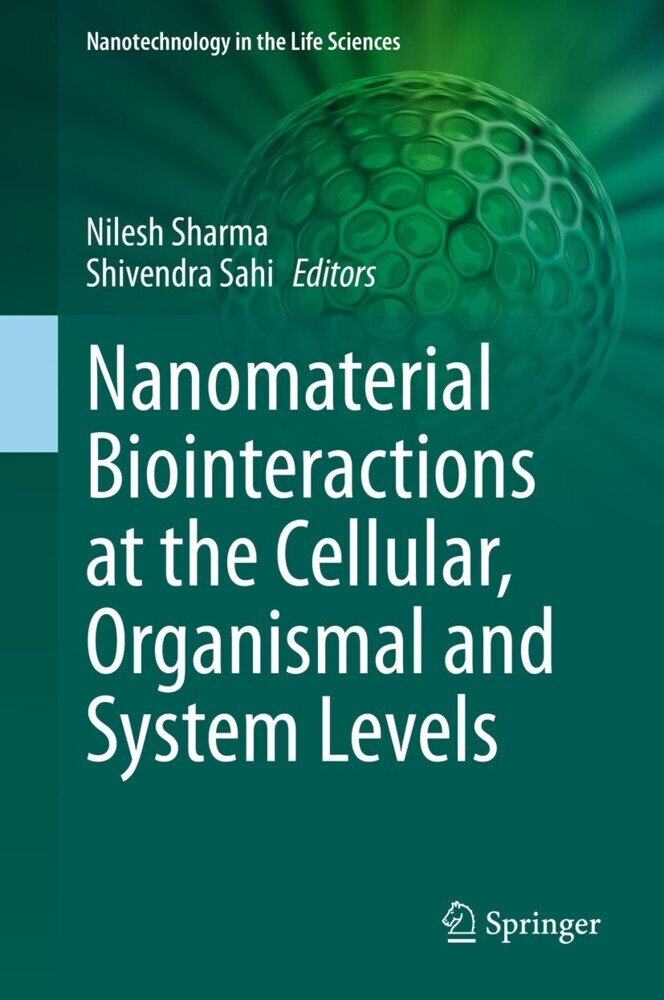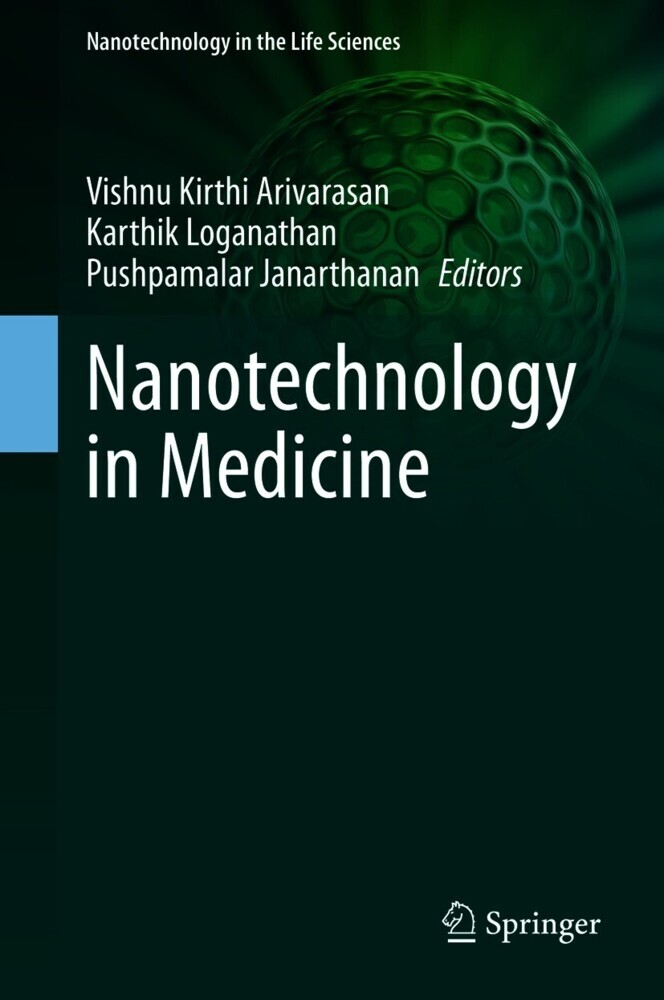Approaches in Bioremediation
Approaches in Bioremediation
Bioremediation refers to the clean-up of pollution in soil, groundwater, surface water, and air using typically microbiological processes. It uses naturally occurring bacteria and fungi or plants to degrade, transform or detoxify hazardous substances to human health or the environment.
For bioremediation to be effective, microorganisms must enzymatically attack the pollutants and convert them to harmless products. As bioremediation can be effective only where environmental conditions permit microbial growth and action, its application often involves the management of ecological factors to allow microbial growth and degradation to continue at a faster rate. Like other technologies, bioremediation has its limitations. Some contaminants, such as chlorinated organic or high aromatic hydrocarbons, are resistant to microbial attack. They are degraded either gradually or not at all, hence, it is not easy to envisage the rates of clean-up for bioremediation implementation.Bioremediation represents a field of great expansion due to the important development of new technologies. Among them, several decades on metagenomics expansion has led to the detection of autochthonous microbiota that plays a key role during transformation. Transcriptomic guides us to know the expression of key genes and proteomics allow the characterization of proteins that conduct specific reactions. In this book we show specific technologies applied in bioremediation of main interest for research in the field, with special attention on fungi, which have been poorly studied microorganisms. Finally, new approaches in the field, such as CRISPR-CAS9, are also discussed. Lastly, it introduces management strategies, such as bioremediation application for managing affected environment and bioremediation approaches. Examples of successful bioremediation applications are illustrated in radionuclide entrapment and retardation, soil stabilization and remediation of polycyclic aromatic hydrocarbons, phenols, plastics or fluorinated compounds. Other emerging bioremediation methods include electro bioremediation, microbe-availed phytoremediation, genetic recombinant technologies in enhancing plants in accumulation of inorganic metals, and metalloids as well as degradation of organic pollutants, protein-metabolic engineering to increase bioremediation efficiency, including nanotechnology applications are also discussed.
Ram Prasad, Ph.D. is associate with Amity Institute of Microbial Technology, Amity University, Uttar Pradesh, India since 2005. His research interest includes plant-microbe-interactions, sustainable agriculture and microbial nanobiotechnology. Dr. Prasad has more than hundred publications to his credit, including research papers, review articles & book chapters and five patents issued or pending, and edited or authored several books. Dr. Prasad has twelve years of teaching experience and he has been awarded the Young Scientist Award (2007) & Prof. J.S. Datta Munshi Gold Medal (2009) by the International Society for Ecological Communications; FSAB fellowship (2010) by the Society for Applied Biotechnology; the American Cancer Society UICC International Fellowship for Beginning Investigators, USA (2014); Outstanding Scientist Award (2015) in the field of Microbiology by Venus International Foundation; BRICPL Science Investigator Award (ICAABT-2017) and Research Excellence Award (2018). He has been serving as editorial board members: Frontiers in Microbiology, Frontiers in Nutrition, Academia Journal of Biotechnology including Series editor of Nanotechnology in the Life Sciences, Springer Nature, USA. Previously, Dr. Prasad served as Visiting Assistant Professor, Whiting School of Engineering, Department of Mechanical Engineering at Johns Hopkins University, USA and presently, working as Research Associate Professor at School of Environmental Sciences and Engineering, Sun Yat-Sen University, Guangzhou, China.
Elisabet Aranda, PhD is Ramon y Cajal Researcher at the Microbiology Department of the University of Granada (UGR), and member of the Institute of Water Research (UGR). She has more than sixteen years of research experience. She has several pre and post-doctoral research stays (Estación Experimental del Zaidín, Spanish National Research Council (CSIC), Spain; University of Naples Federico II, Italy; Institute of Mass Spectrometry, Proteomic and Molecular Biology, Italy; IHIZ Zittau-Technical University of Dresde, Germany; Lawrence Berkeley National Laboratory of the University of California, USA, among others). Her main research expertise is in the field of fungal bioremediation, fungal degradation mechanisms of priority micropollutants and emerging contaminants, in water and soil systems, and the application of molecular tools such as NGS (Illumina) and proteomic approaches in this field. She has published more than fifty publications in this topic (including research papers, review articles and book chapters). She is the inventor of two patents. She is associate Editor in Frontiers in Microbiology, and member of Board of Directors of the specialized group 'Biodeterioration, Biodegradation and Bioremediation' of the Spanish Society of Microbiology (SEM). Among the prizes with which it has been awarded, stands out the 'Innova Sustainable' award from the Aquae foundation.
1;Foreword;6 2;Preface;8 3;Contents;10 4;Contributors;12 5;About the Editors;16 6;Chapter 1: Stepwise Strategies for the Bioremediation of Contaminated Soils: From the Microbial Isolation to the Final Application;18 6.1;1.1 Introduction;19 6.2;1.2 Niche: Selection of the Right Place for Microbial Isolation;19 6.2.1;1.2.1 Bioremediation Strategies and Microorganisms;19 6.3;1.3 Microbial Isolation;22 6.3.1;1.3.1 Soil Sampling Design;23 6.3.1.1;1.3.1.1 Sample Collection and Transportation;24 6.3.1.2;1.3.1.2 Samples Processing and Storage;25 6.3.2;1.3.2 Isolation of Microorganisms and Metagenomic Analysis;26 6.3.2.1;1.3.2.1 Metagenomic Analysis;26 6.4;1.4 Bacterial Population Extraction from the Soil Matrix;26 6.4.1;1.4.1 Bioremediation-Oriented Microbial Isolation;27 6.4.2;1.4.2 Selection and Characterization of Microorganisms for Soil Bioremediation;28 6.4.2.1;1.4.2.1 Selection of Microorganisms for Bioremediation;28 6.4.2.2;1.4.2.2 Characterization of Selected Microorganisms;29 6.4.2.2.1;Morphological Characterization;29 6.4.2.2.2;Metabolic Characterization;30 6.4.2.2.3;Enzymatic Characterization;30 6.4.2.2.4;Biosurfactant Production;31 6.4.2.2.5;Siderophore Synthesis;32 6.5;1.5 Molecular Omics Technologies in Microorganisms' Selection and Characterization;32 6.5.1;1.5.1 Metagenomics;32 6.5.2;1.5.2 Metatranscriptomics;33 6.5.3;1.5.3 Metaproteomics;33 6.5.4;1.5.4 Metabolomics;34 6.6;1.6 Microbial Features Involved in Resistance Against Pollutants;35 6.6.1;1.6.1 Removal of the Pollutant by Biomineralization;36 6.6.2;1.6.2 Synthesis of Carotenoids;37 6.6.3;1.6.3 Production of Exocellular Polymeric Substances;38 6.7;1.7 Taking Advantage of Special Features Observed in Microorganisms That Tolerate Pollutants and Extreme Conditions;39 6.8;1.8 Final Comments;39 6.9;References;40 7;Chapter 2: Transcriptomics as a First Choice Gate for Fungal Biodegradation Processes Description;46 7.1;2.1 Introduction: Fungal Bioremediation (Mycoremediation);46 7.2;2.2 Molecular Approaches in Fungal Bioremediation;48 7.3;2.3 Fungal Transcriptomic Perspectives;54 7.4;2.4 Concluding Remarks;55 7.5;References;56 8;Chapter 3: Omics Approaches: Impact on Bioremediation Techniques;60 8.1;3.1 The Uprising of the "Omics";60 8.2;3.2 The Promises of Metagenomics;62 8.3;3.3 Transcriptomics;64 8.4;3.4 Proteomic in a Degradation Concept;65 8.4.1;3.4.1 Metaproteomic;69 8.5;References;75 9;Chapter 4: Potential for CRISPR Genetic Engineering to Increase Xenobiotic Degradation Capacities in Model Fungi;77 9.1;4.1 Xenobiotic Compounds;77 9.2;4.2 Environmental Biotechnology Using Fungi;79 9.3;4.3 The Relevance of Gene Databases in Fungal Engineering;81 9.4;4.4 Earlier Biotechnologies for Gene Manipulation;83 9.5;4.5 An Introduction to CRISPR/Cas Theory and Methodology;86 9.6;4.6 Potential Experiments and Future Directions for Manipulating Fungal Xenobiotic Metabolism;88 9.7;4.7 Conclusion;89 9.8;References;89 10;Chapter 5: Phytoremediation and Fungi: An Underexplored Binomial;95 10.1;5.1 Environmental Pollution: A General Background;95 10.2;5.2 Remediation Technologies;96 10.3;5.3 Biological Treatments;99 10.3.1;5.3.1 Bacteria;100 10.3.2;5.3.2 Fungi;101 10.3.3;5.3.3 Phytoremediation;102 10.4;5.4 Phytoremediation and Fungi: Cases of Study and Perspectives;104 10.5;References;107 11;Chapter 6: Bioremediation of Polythenes and Plastics: A Microbial Approach;112 11.1;6.1 Introduction;112 11.2;6.2 Environmental Effects of Plastic Pollution;113 11.3;6.3 Microbial Role in Biodegradation of Plastics;116 11.4;6.4 Bacteria Involved in Biodegradation of Plastics and Polythenes;117 11.5;6.5 Fungi Involved in Plastic Biodegradation;119 11.6;6.6 Factors Involved in Biodegradation of Plastics;121 11.7;6.7 Different Steps of Plastic Degradation by Microorganisms;123 11.8;6.8 Enzymes Involved in Biodegradation of Plastics and Polythenes;124 11.9;6.9 Conclusion;126 11.10;References;127 12;Chapter 7: Microbial Dynamics During the Bioremediation of Petroleum Hydrocarbon-Contaminated Soils T
| ISBN | 9783030023690 |
|---|---|
| Artikelnummer | 9783030023690 |
| Medientyp | E-Book - PDF |
| Copyrightjahr | 2019 |
| Verlag | Springer-Verlag |
| Umfang | 413 Seiten |
| Sprache | Englisch |
| Kopierschutz | Digitales Wasserzeichen |

